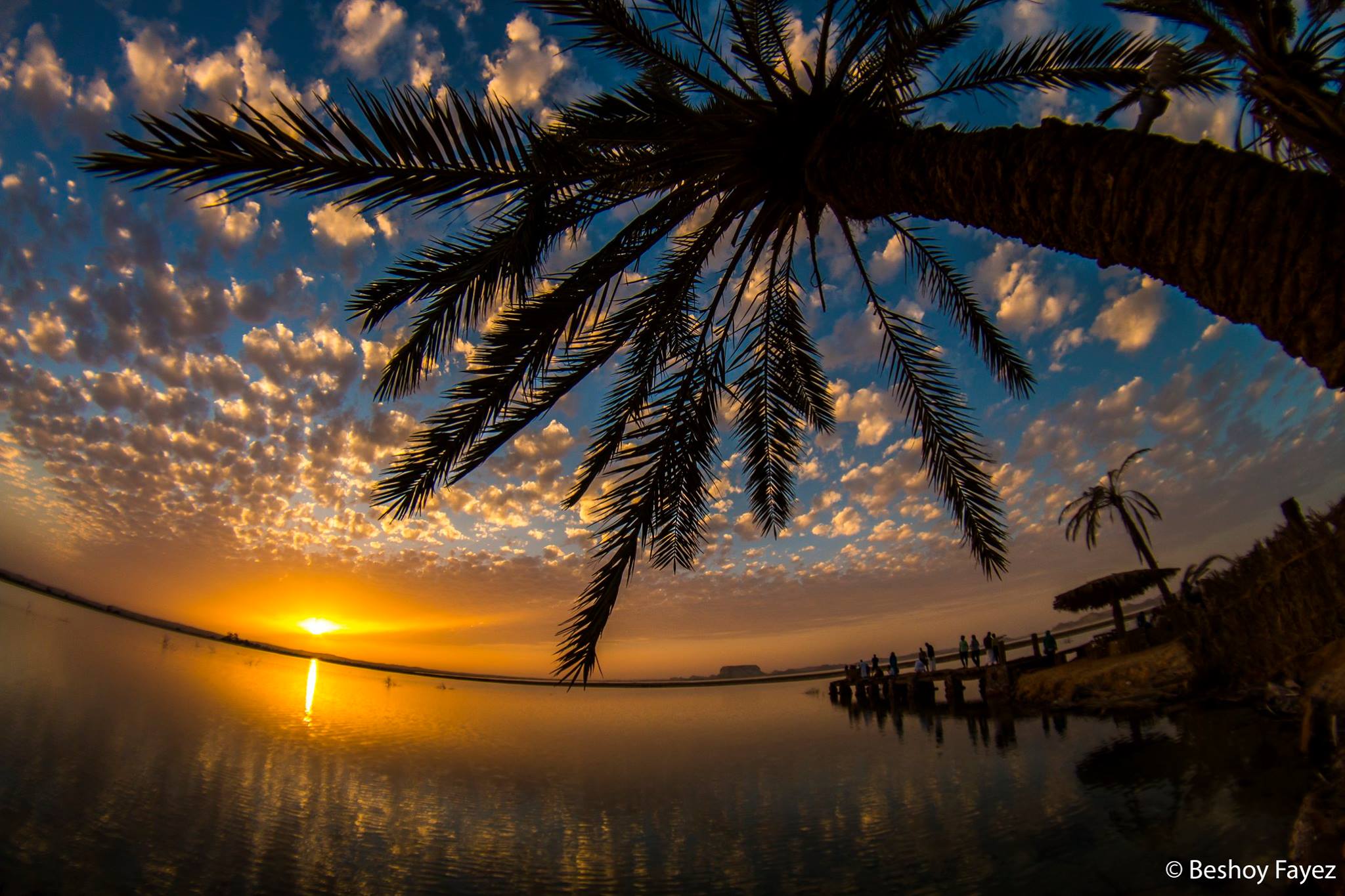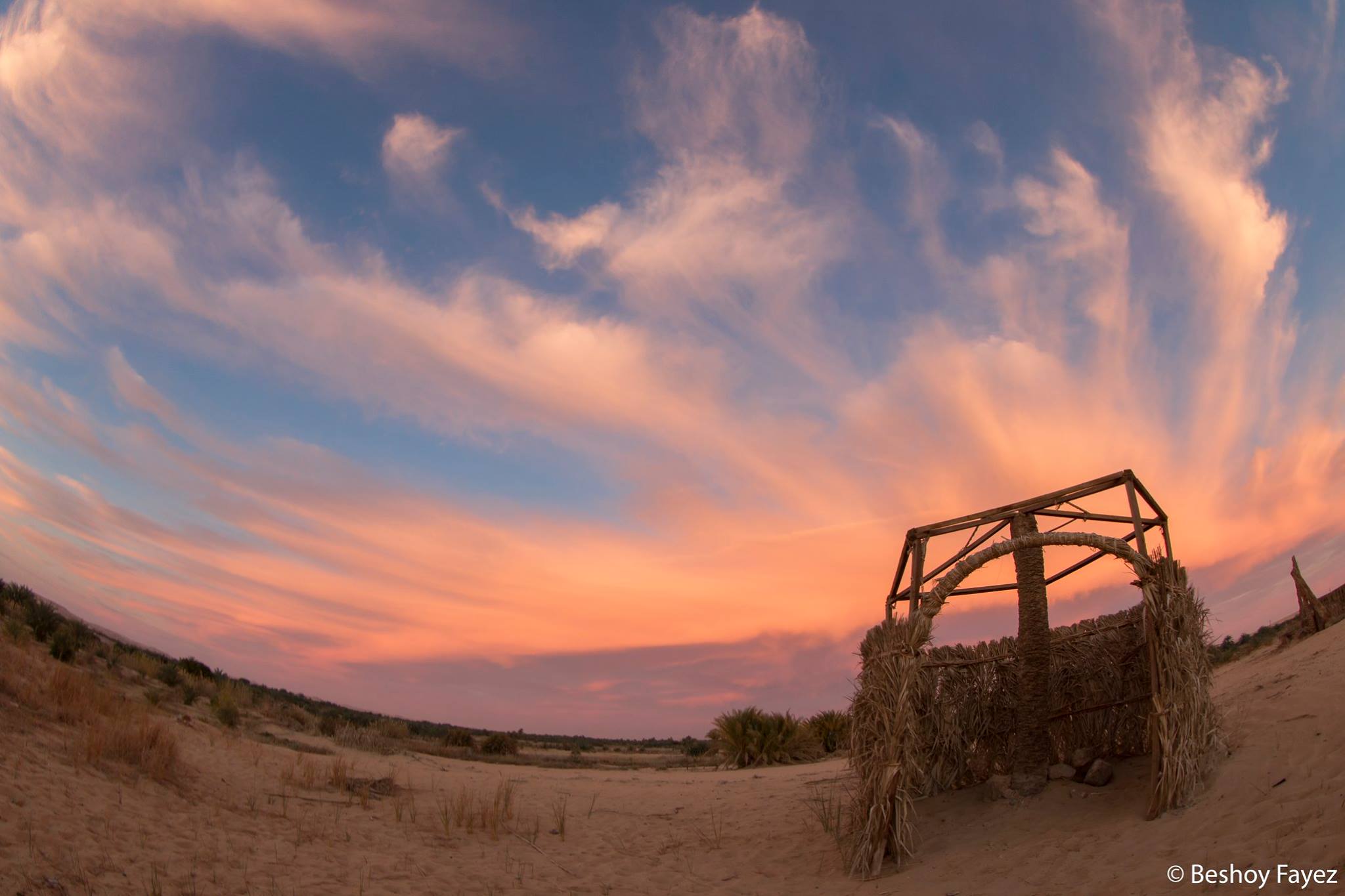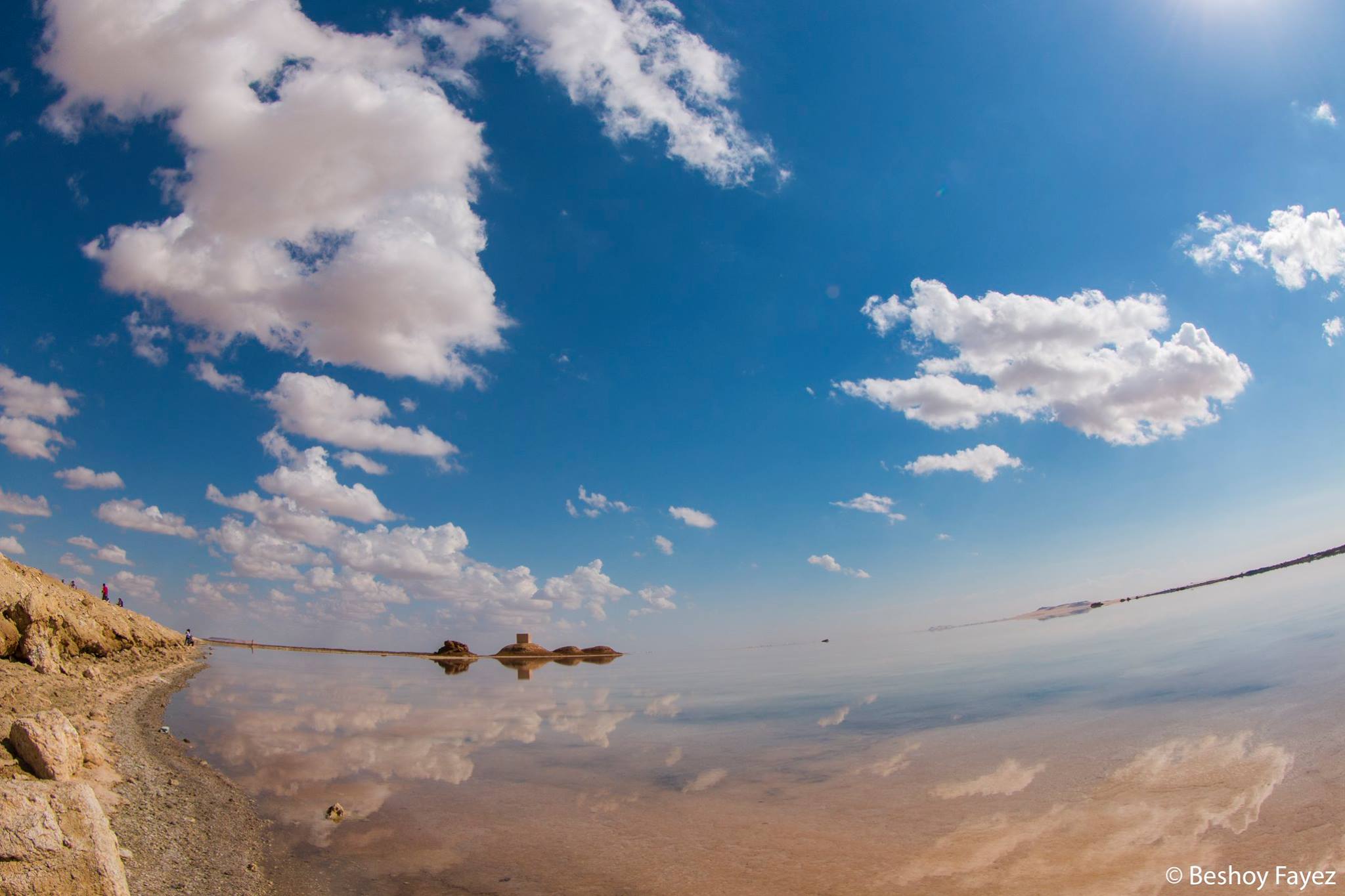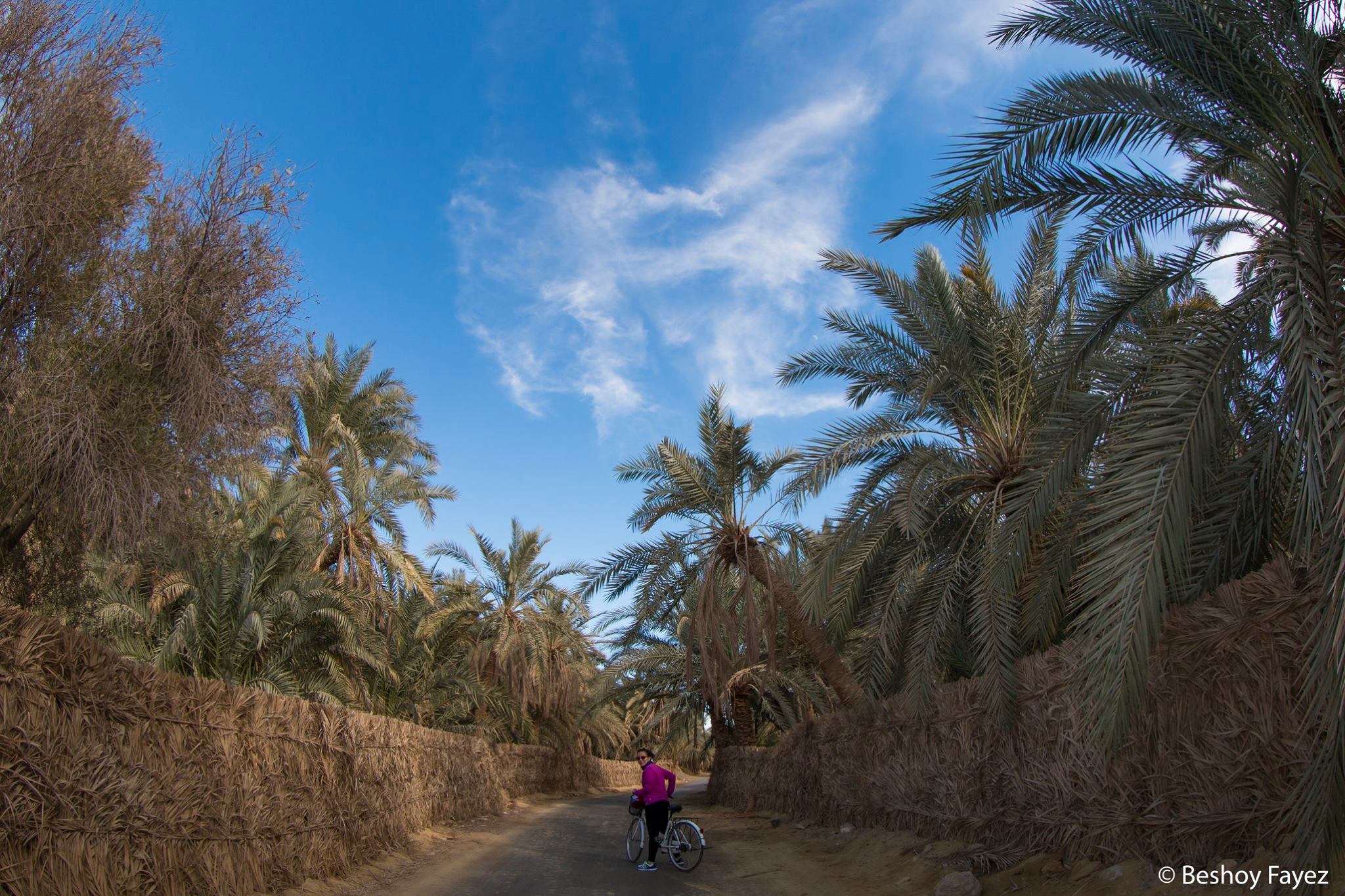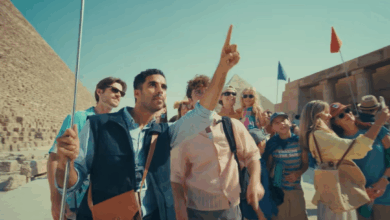It’s only during the month of Ramadan that friends and families gather around the television once again to enjoy the countless melodramatic series, usually featuring historical figures, comedy acts, plus intriguing love stories.
This year, Bahaa Taher’s tale of love, conflict and desolation is taking the screens by storm through Kamla Abu Zekri and Mariam Naoum’s book-to-screen adaptations.
Set in the last years of the 19th century, the plot follows the misadventures of a middle-aged Egyptian government official, Mahmoud Abd el-Zahir, played by Khaled El-Nabawy, who yearns for the bravery to fight against the British colonization of his country. Abd el-Zahir is sent off by his British masters to administer the remote oasis of Siwa, a Berber settlement in the deep desert, accompanied by his Egyptologist Irish wife, Catherine, played by Menna Shalaby.
Filmed in the heart of Egypt’s Western Desert, away from urbanization, Siwa Oasis lies 50 km east of the Libyan borders. Through his breath-taking fish-eye lens, travel photographer, Beshoy Fayez, lets us delve through the tranquility of Siwa Oasis as depicted on television screens this Ramadan through his project, Wahet El- Ghoroub (Sunset Oasis).
“The scenery in Siwa is constantly striking. Whether you see the sunset at Fatnas over the salty lake, take a walk between the palm and olive trees, or even just sit in front of the water springs.. Siwa is one of the few places in Egypt where you can really just zone out and relax,” Fayez said.
Some 270,000 people—belonging to eleven tribes, ruled by 12 Sheikhs—live in Siwa. Siwans have lived in this remote and isolated area for hundreds of years, which is why they tend to have their own traditions. Siwis traditionally speak Berber or Amazigh—an unwritten language shared by other tribes in North Africa. Arabic, however, is spoken and used in public education.
The trip from Cairo to Siwa can take up to 10 hours by car, but there’s a lot to see, even historically, Fayez said.
Located in Siwa’s Aghurni is the famous temple of Amoun, also known as the Temple of the Oracle. It’s the place where Alexander the Great got blessed and crowned in Egypt. Legend says that he was told by a Greek fortune teller that he will soon be the legitimate Pharoh of Egypt. The temple was built around the 26th Dynasty and flourished well into the Greek and Roman periods.
Further on, water springs in Siwa are commonly used for irrigation, drinking, and also therapy. There are more than 2,000 water springs in the oasis, but the most famous is still the Cleopatra water spring. Its water is known to be cold in summer, and warm in winter. The spring is named after the famous queen as she is believed to have swam in it, but many say this is only a myth. It is common for brides to wash or swim in it for good fortune in marriage.
Through Fayez’ pictures, one can not miss the 12th-centry Fortress of Shali that is built from mud and salt. Shali is the name the inhabitants of Siwa gave to their town.
“In historical times, Siwis used to hide from their enemies inside the fortress’s tunnels, and would then use the well for drinking. The well is still there till today, but it is nearly dry,” Fayez added.
Also famous at the oasis is the Adrere Amellal (White Mountain), a desert ecologe nestled into a mountainside, overlooking a crystal clear lake. It’s believed to be the film set of Wahet El-Gheroub.
The primitive yet cozy hotel is all furnished with natural material; doors are made from the trunks of olive and palm trees, furniture from salt and candles from natural wax, Fayez explained.
Fayez added that going for a safari trip and taking a dip in the cold or hot water springs, sulphur springs, and salt lakes, are all a must for any visitor to Siwa.

